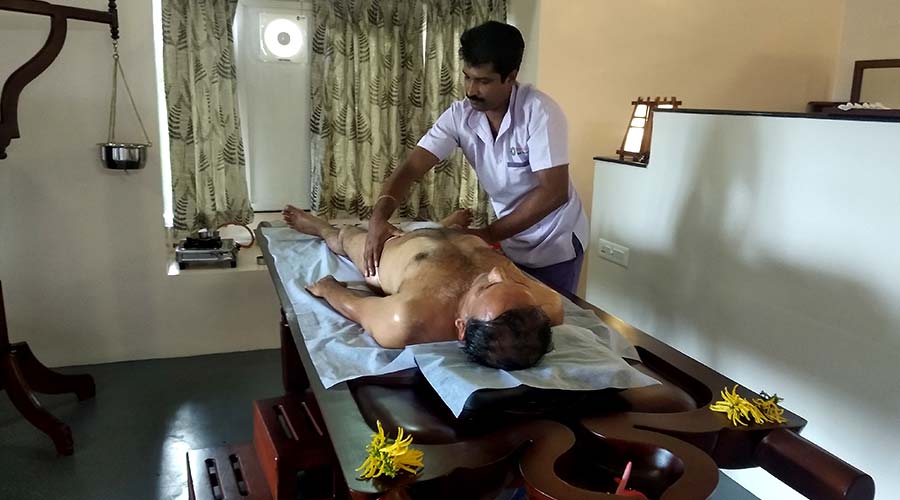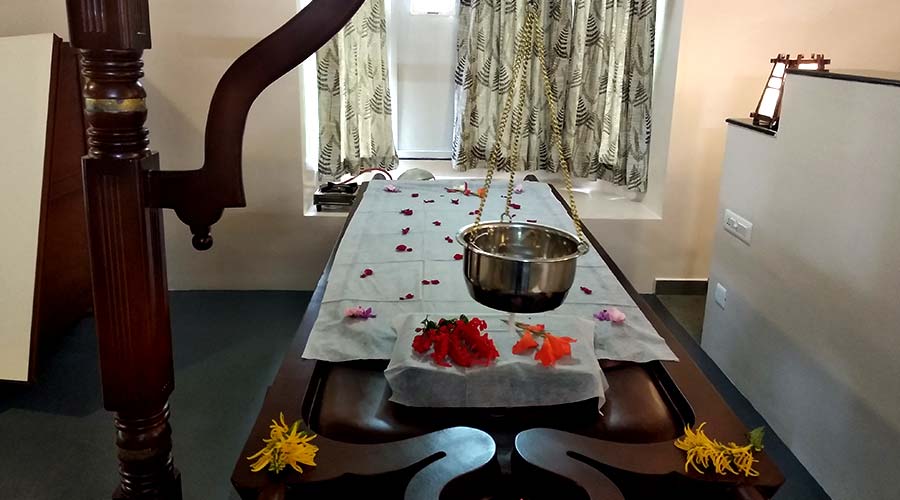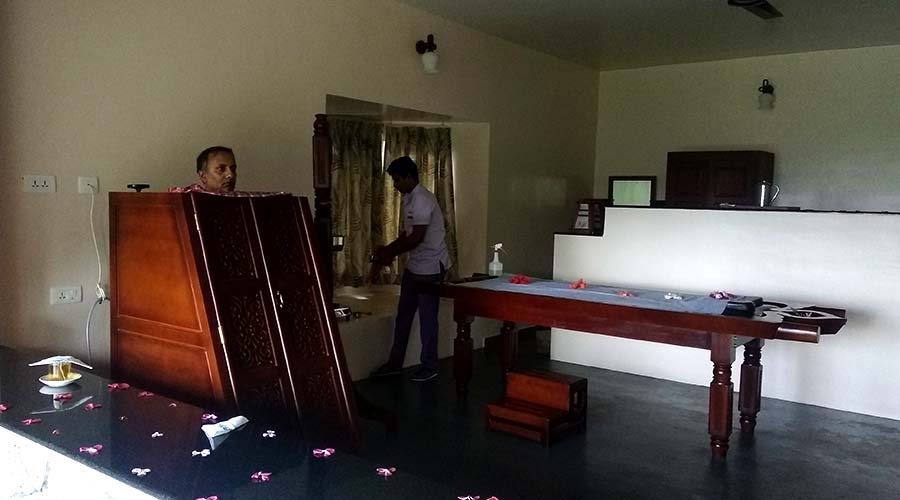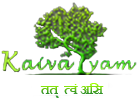The word “ayurveda” means knowledge of life and longevity. It is an ancient system of medicine with historical roots in Indian subcontinent. The main classical Ayurveda texts (Sushruta Samhita) begins with accounts of the transmission of medical knowledge from the God (Dhanvantari) to sages, and then to human physicians.
There are three principal early texts on Ayurveda, Charaka Samhita, Sushruta Samhita and Bhela Samhita.
Ayurveda – Body constituency
Ayurveda names seven basic tissues (dhatu), which are plasma (rasa), blood (rakta), muscles (māmsa), fat (meda), bone (asthi), marrow (majja), and semen (shukra). Like the medicine of classical antiquity, it historically divided bodily substances into five classical elements (panchamahabhuta) viz. earth, water, fire, air and ether. There are also twenty gunas (qualities or characteristics) which are considered to be inherent in all matter. These are organized in ten pairs: heavy/light, cold/hot, unctuous/dry, dull/sharp, stable/mobile, soft/hard, non-slimy/slimy, smooth/coarse, minute/gross, and viscous/liquid.
Ama (undigested) is used to refer to the concept of anything that exists in a state of incomplete transformation. It is claimed to be a toxic byproduct generated by improper or incomplete digestion.
Ayurveda has eight ways to diagnose illness, called Nadi (pulse), Mootra (urine), Mala (stool), Jihva (tongue), Shabda (speech), Sparsha (touch), Druk (vision), and Aakruti (appearance).

Practitioners use holistic approach during diagnosis and therapy. An important aspect of treatment says that there are channels (srotas) which transport fluids, and that the channels can be opened up by massage treatment using oils and swedana (fomentation). Unhealthy, or blocked, channels causes disease. It tends to stress attaining vitality by building a healthy metabolic system and maintaining good digestion and excretion. Also focuses on exercise, yoga, and meditation with prescription of satvic diet. Concept of dinacharya, which says that natural cycles (waking, sleeping, working, meditation etc.) are important for health. Hygiene, including regular bathing, cleaning of teeth, tongue scraping, skin care, and eye washing, is also a central practice.

Ayurveda – Tri-doshas
Ayurveda names three (tri) elemental bodily humors, the doshas (called Vata, Pitta and Kapha), and states that a balance of the doshas results in health, while imbalance (viṣamatva) results in disease.
While Vata Dosha mobilizes the function of the nervous system, Pitta Dosha plays a key role in digestion by using bile and thus bile to direct digestion and improves blood circulation and Kapha Dosha is related to lubrication, mucous, and carrying of nutrients into the arterial system.
Vata is characterized by the properties of dry, cold, light, minute, and movement. All movement in the body is due to properties of vata. Pain is the characteristic feature of deranged vata. Some of the diseases connected to unbalanced vata are flatulence, gout, rheumatism, etc.
Pitta represents metabolism. It is characterized by heat, moistness, liquidity, and sharpness and sourness. Its chief quality is heat. It is the energy principle which uses bile to direct digestion and enhance metabolism. Unbalanced pitta is primarily characterized by body heat or a burning sensation and redness.
Kapha is the watery element. It is a combination of earth and water. It is characterized by heaviness, coldness, tenderness, softness, slowness, lubrication, and the carrier of nutrients. It is the nourishing element of the body. All soft organs are made by Kapha and it plays an important role in the perception of taste together with nourishment and lubrication.
Ayurveda – Panchakarma concepts
It is a purification therapy used in Ayurvedic medicine. The word panchakarma means five actions and refers to five procedures intended to intensively cleanse and restore balance to the body, mind, and emotions.
In panchakarma, there are two main types of therapy. Shamana is the supportive therapies that include the preparation and post-therapy measures. The main treatment is called shodhana and refers to panchakarma’s five main cleansing and elimination procedures.
During preparation for panchakarma, oil therapy (termed snehana in Ayurveda) is the first treatment. Patients are given oil massages—abhyanga is full body massage and shirodhara is forehead massage. They are fed dietary oils to lubricate the digestive tract, and are sometimes administered oil enemas. Sweating therapy (swedana) is another preparation that uses saunas, steam rooms, heated clothing, herbal poultices, and exercise.

The five main methods of panchakarma are therapeutic vomiting (vamana), purgation (virechana), enema therapy (niruha basti for medicated enemas and anuvasana basti for oil enemas), and nasal cleansing (nasya).
After cleansing methods are performed, patients go through an important aftercare stage called paschata karma. Exercise programs such as yoga and stress-management techniques, including meditation, may be introduced to patients during or after panchakarma, and herbal remedies may be prescribed as well.
Panchakarma treatment can vary in length from a couple days to several weeks.
